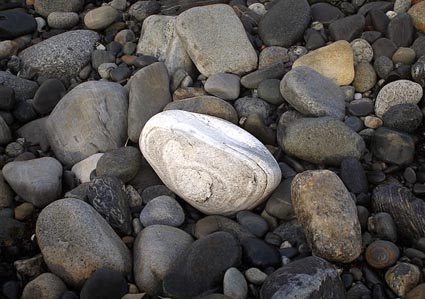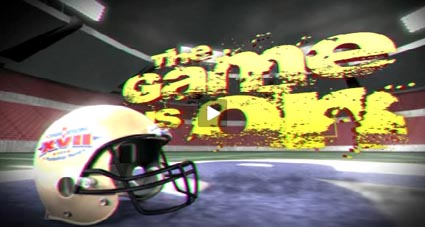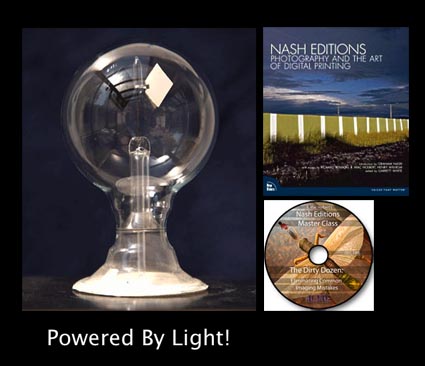Blue

What’s the first thing that comes to mind when you see blue?
Comment here!
Then read more and find other viewer’s responses.
Solo

” … The change from one moment to another was dramatic. Bright sun. Shadow. And, to my surprise, there was a beautiful quality of diffuse light when the sun was struck by the edges of each cloud. Some clouds were thicker than others. Every moment was different. I started to interact with the light. I used a white sheet as a diffuser, a large piece of foam core as a cool reflector, and a warm gold reflector. I played for hours, simply enjoying the light. I intended to come back with three exposures. I came back with dozens. In the end, I used two. But my understanding of light and my experience of light had completely changed from that moment forward. And, what I thought might be an isolated image turned out to be a whole series of images. Process is important when it informs the work; it becomes a part of the final product. Process is even more important when it informs you; it becomes a part of you. Fully engaging the process and the subject changed me. That changes the image. That changes what you see. That’s the chance we take as artists. We dare to be changed. It’s a chance well worth taking.”
Read more here.
Learn this technique in my field workshops.
PhotoPlusEast – New York City – 10/22-24

Every year PhotoPlus East is the biggest professional photographers trade show of the year. October 22-24, 2009. Located at the Jacob Javits Center in New York City the show boasts a huge expo floor, hundreds of exhibitors, thousands of new products and a conference with over 100 seminars.
I’ve been going for years first as an attendee and then later as a presenter.
My sessions this year include …
The Fine Digital Print
Oct 22, 2009 – 3:30 PM to 5:30 PM
Extending Dynamic Range – HDR
Oct 23, 2009 – 8:45 AM to 11:45 AM
Photoshop Color Strategies
Oct 24, 2009 – 1:15 PM to 3:15 PM
Check out the full list of seminars here.
Photoshop World – Las Vegas – 10/1-3

Photoshop World returns to the Mandalay Bay in Las Vegas.
“You’ve never seen a training camp like this! Photoshop World is the only Photoshop and digital photography conference designed to put you at the top of your game with fast and furious classes from the world’s leading experts. Photoshop World is where Photoshop users go to learn hard and play even harder! Get the Latest PSW News”
The instructors list reads like a who’s who of the Photoshop power users community – Barker, Cross, Davis, DiVitale, Eismann, Kelby, Koslowki, Kost, Margulis, McClelland, Rodney, Schewe, Tapp, Versace, Wilmore and many more. Then there’s the roster of photographers gone digital Maisel, McNally, Petersen, Resnicki, Ziser and more. The folks at NAPP run a first-rate show with real hospitality for their members. They really care about their members. And they deliver! It’s a great show!
I’ll be there. Here are my sessions.
Friday 10/2
7 pm The Art of Digital
Saturday 10/3
11 am Enhancing Color to Create A Signature Style
1 pm Drawing With Light – 21st Century Dodging & Burning
Check out the full schedule of classes here.
rmacholbert.com

R Mac Holbert’s (master printer Nash Editions) new website is live and growing
You’ll find …
Information on Mac’s workshops and seminars.
Free PDFs and Actions that complement Mac’s workshops and seminars.
Mac’s Acme Educational DVD The Dirty Dozen: Eliminating Common Imaging Mistakes.
Mac’s book Nash Editions / Photography and the Art of Digital Printing.
Like any website, it continues to evolve.
So, check it out now.
And, check back later for more useful resources.
Check out my conversation with Mac here.
Check out our workshop The Fine Art of Digital Printing here.





